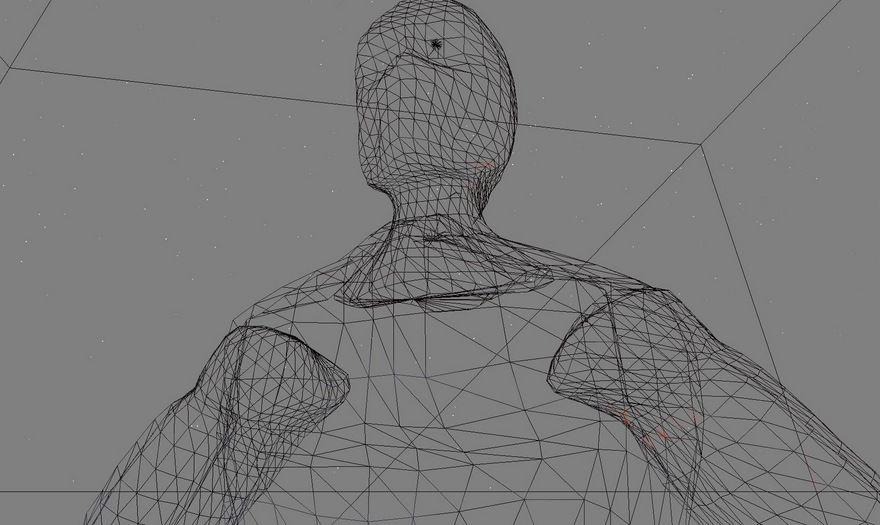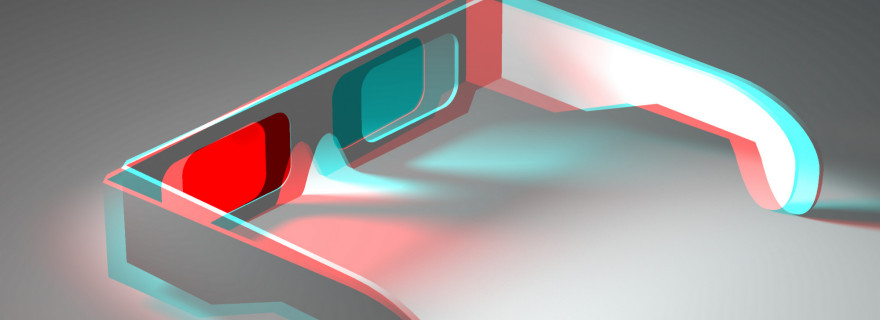This article is part of PS1 Week, a full week celebrating the original PlayStation. To see the other articles, go here.
Header image credit: Dominic Alves via Flickr
///
Since the early days of arcade cabinets there has been essentially one tried and true method of controlling your digital avatar: The left hand moved you, and the right hand performed actions. Sometimes the left hand used a directional pad. Sometimes it used a stick. But the right hand always used buttons. This changed when Sony came out with dual analog controller, which featured a joystick for either thumb to manipulate. This set-up changed the common language of videogames. Nowadays it’s almost impossible to find a controller which doesn’t include two sticks. But why? If it’s the standard operating procedure now why wasn’t it before? The answer lies in perspective and dimensions.
Until the introduction of the PlayStation and the Nintendo 64, games only really used two dimensional planes at any given time. Mario could jump up, climb down ladders, run left or right, or move deeper or shallower in relation to the player. But he couldn’t do all of those at once. If he was running right he couldn’t also move deeper Z-plane (depth plane). Although certain games, such as Super Mario RPG, Final Fantasy, or even Doom, found ways to trick the player into believing she was moving through the 3D spaces, even when she wasn’t, it wasn’t until home consoles grew more powerful that truer 3D spaces could exist.

Image credit: John Swords via Flickr
When 3D wasn’t technically possible, game design generally utilized fixed perspectives and cameras. It made sense for the earliest iterations of controller to only allow the four cardinal directions because movement was always restricted to them. As the technology grew more powerful, directional pads offered even more angles to move at. However, perspective and camera were still, more often than not, fixed.
Then came Mario 64: a fully 3D world to explore, with a moveable camera and a control stick with which to move in the world. Now Mario could jump, climb, swim, and fly in all sorts of directions. He was no longer restricted to the 2.5D world that he had been trapped in for so many years. However, in a way, the player still was. Mario 64 is a game that’s essentially broken into two phases. There’s the running, jumping, coin and star collecting, and then there’s the looking. If you wanted to look up or see what Mario saw you essentially had to stop all of the running, jumping, and coin collecting in order to do so. Even though the game took place in a fully three-dimensional world players still had to play by the old 2.5D rules. If you only have one stick to move, then the only way you can “look” is by mapping something to the buttons, which is what Mario 64 was forced to do.
However, with Sony’s release of the twin-sticked dual analog controller, and later its rumble-enabled cousin the Dual Shock, developers and players could do things they never had before. For the first time, players could turn their heads, something that had been lacking from videogames almost since their inception. For many, the dualshock controller began to answer the question that had been posed by the new, powerful 3D capable consoles: that is, how do you move in 3D space? The answers came in fits and starts. In Medal of Honor, for example, running forward and backward, and looking left and right, were mapped to the left stick, while strafing was mapped to the right. Thus, in order to run forward and to the right you’d need the usage of both sticks. Like Mario 64 before it, the game forced you into a separate “aim mode” in order to take aim, separating the game into two sections. Hindsight is always 20/20, of course, but this was a remarkably clumsy and inefficient manner of traversal.
Other controller systems, from outside of videogames, more directly reflect their applications. It’s nothing like a flight stick which is primarily designed for pitch and angle. It’s very different from helicopter controls, although piloting a character can be similar to piloting a helicopter. And the Dual Shock handles incredibly different from even the most advanced steering wheels, or the most archaic levers of the oldest cars. If anything, it resembles a modified crane game, or something you’d find at a carnival. It has to be general enough to be useful in all types of games but it also needs the specificity of the sticks to manipulate an object in 3D space. It is a direct reflection of its medium.
